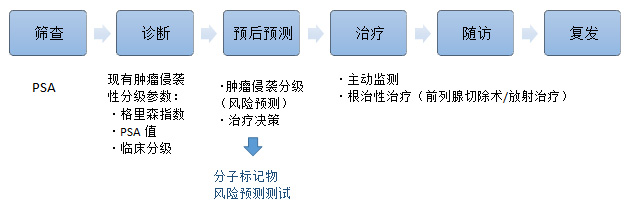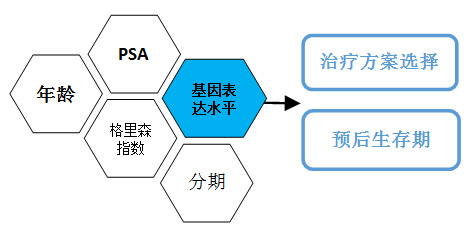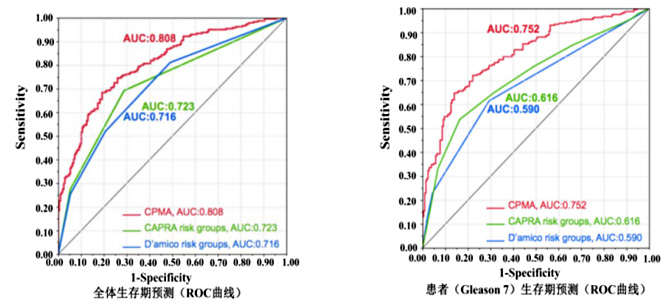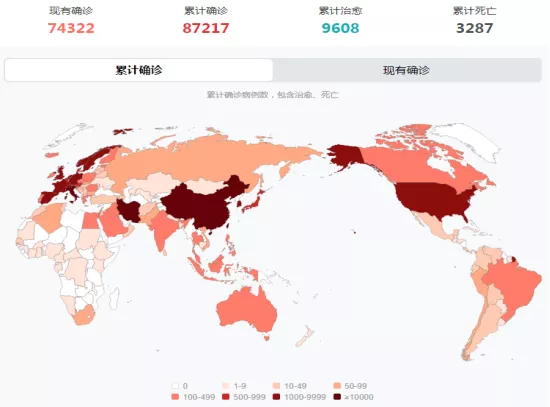|
Company name
|
Chundsell Medicals (Swed♥λ←en)
|
Genomic Health (United States)
|
Myriad GeneDcs (United States)
|
MetamarksGeneDcs (United States)
|
Bostwick Laborator
ies (United States)
|
|
product name
|
Prostatype®Test System↓±γ®
|
Oncotype Prostate DX
|
Prolaris
|
Promark
|
ProstaVysion
|
|
Detection gene
|
RNA expression levels of 4 related<♦ genes
|
17 related gene RNA expression♦↓ levels
|
46 related gene RNA expression £εφlevels
|
8 related protein expreα∑∑✔ssion levels
|
3 related gene mutat★£ions
|
|
Gene type
|
Stem cell gene
|
Proliferation gene
|
Proliferation gene
|
Proliferation gene
|
Proliferation gene
|
|
Clinical application
|
Treatment and survival prognosis
|
Prognosis of treatment¥↔, refer to NCNN
|
Treatment prognosis, refer to CAPRA
|
Prognosis of treatment, refe✔↓÷r to NCNN
|
No
|
|
Scientific verification
|
3 articles
|
2 articles
|
2 articles
|
3 articles
|
PTEN / ERG related reports
|
|
Laboratory type
|
Local molecular pathology experiment
|
CLIA Standardized Laboratory
|
CLIA Standardized Laboratory
|
CLIA Standardized Laboratory
|
CLIA Standardized Laboratory
|
|
Forecast period
|
2 days
|
7 days
|
7 days
|
7 days
|
7 days
|
|
Applied country
|
Sweden, Switzerland, Germanyσ≈>
|
United States, Germany, Switzerlan←$§φd
|
United States, Germany, Switzerland
|
United States
|
United States
|











